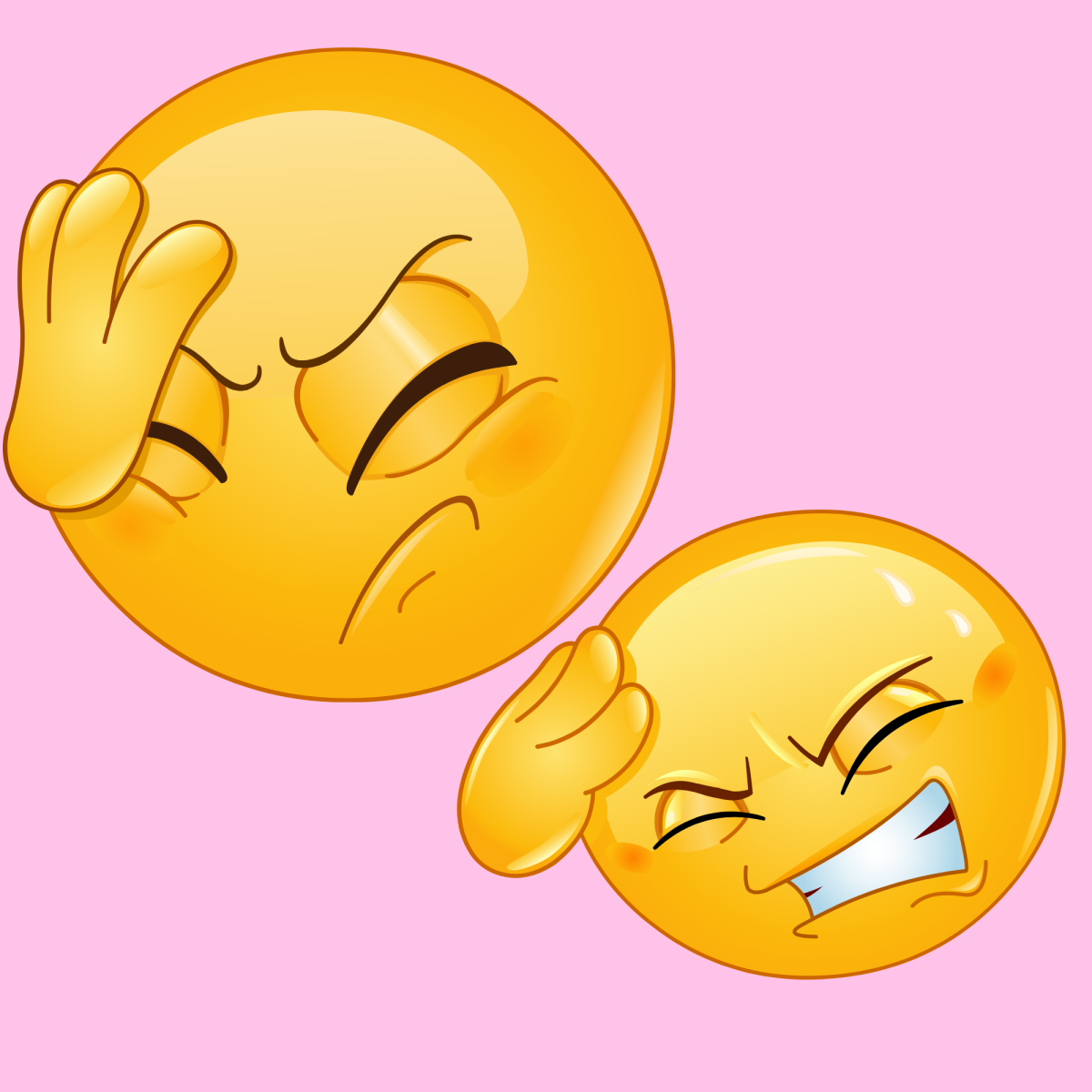Seeing that spooky season is right around the corner, I’ve been thinking about it nonstop. The crunchy leaves, apple cider, pumpkin carving, costumes, and, of course, pumpkin spice everything. But, I couldn’t help but wonder why we celebrate Halloween. So, I decided to do some research, and it wasn’t what I expected.
Modern-day Halloween began as a Celtic holiday, Samhain (Pronounced sow-in). The Celts were mainly in Ireland, the United Kingdom, and northern France. For the ancient Celts, November 1st marked the beginning of winter which was associated with death. October 31st, the night before the New Year, was said to be a day when the portal between the living realm and the dead realm would blur, so ghosts were able to cross into the living realm for the night. The Celts would light bonfires and wear costumes to try to ward off the ghosts. When Christianity spread to the Celts around the 5th and 6th centuries, Pope Gregory III declared November 2nd a holiday to celebrate all the Saints and Christian martyrs. This day started to be called All Souls’ Day to honor the dead. Some historians believe that the Catholic church might have been trying to replace the Celtic holiday with a church-sanctioned one. All Souls’ Day was celebrated similarly to Samhain with bonfires, parades, and costumes. The Celts started calling this day All-hallows which meant All Saints Day. Over time this day started to be called All-Hallows Eve.
When people started immigrating to colonial New England, Halloween was only celebrated in the southern colonies because of the northern colonies’ rigid Protestant beliefs. During this time of immigration, the Protestants were carrying out the Salem Witch Trials. These were a series of accusations of witchcraft and satanic worship that resulted in many executions of innocent citizens. For this reason, Protestants believed that Halloween had satanic influences because the Celts believed in multiple gods and the Protestants found this to be disgracing the one true God. Then, Americans started moving out west and the European beliefs meshed with the Native American beliefs, creating a more modern version of Halloween. People would share stories of the dead and tell each other’s fortunes. Teenagers started using the night to create mischief. When the Irish started immigrating to America in the mid 19th century, they brought many of their traditions including the Celtic traditions surrounding Halloween, and made it more popular.
Now that I learned about how Halloween came to be, I wanted to learn more about the traditions that my family has during the Halloween season, starting with trick-or-treating. During the Middle Ages, poor children and adults would go door to door on October 31st and ask to pray for the souls of the dead in exchange for food or money. After a few hundred years, the praying for souls was exchanged for a little song or dance for money or food. One of the first times the term “trick-or-treat” was used and recorded was in 1927. It started in Canada because the children were asking if the homeowner wanted to be tricked by a prank or treated with a little show. It became more common in America after the Peanuts comic strip used it in the 1950s.
Another common tradition is pumpkin carving. The origins of this tradition started with an Irish myth about a man named Stingy Jack who tricked the Devil to get money. The myth says that when Jack died God didn’t let him into Heaven and the Devil didn’t let him into Hell, so his soul was sentenced to roam Earth for the rest of eternity. The Irish started carving demonic faces into turnips to ward off Jack. When the Irish migrated to the United States, they carved faces into pumpkins instead since they were native to the region.
I learned a lot about Halloween during my research sessions, and I would encourage you to do your own research if you are a Halloween fanatic like me. The world of Halloween history is something I will revisit. Whether you have just started dipping your toes into the world of Halloween, or are a seasoned expert we can all agree that Halloween is an interesting holiday with a special place in many hearts.
Information was cited from blogs.loc.gov, history.com, hauntpay.com, and britannica.com








